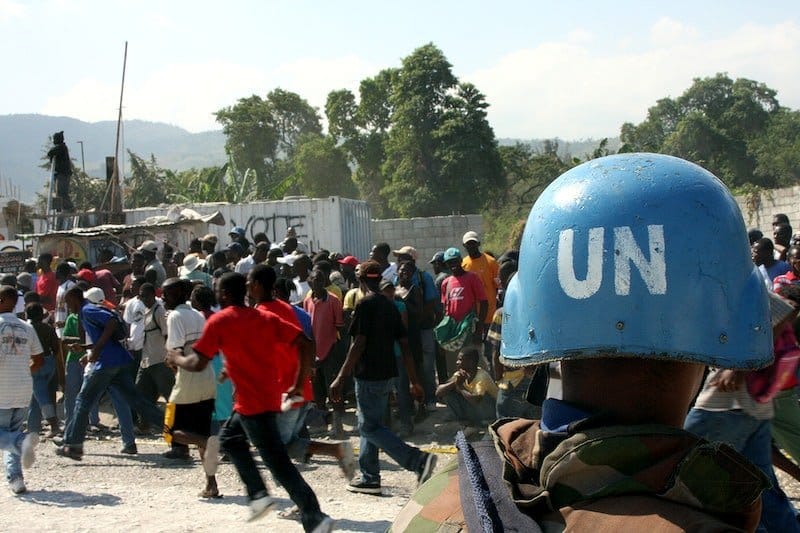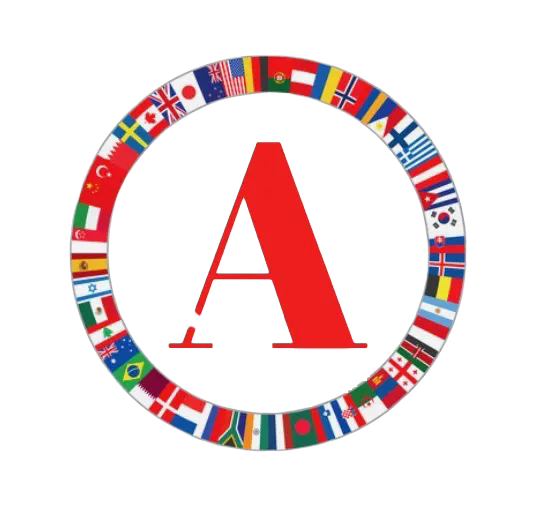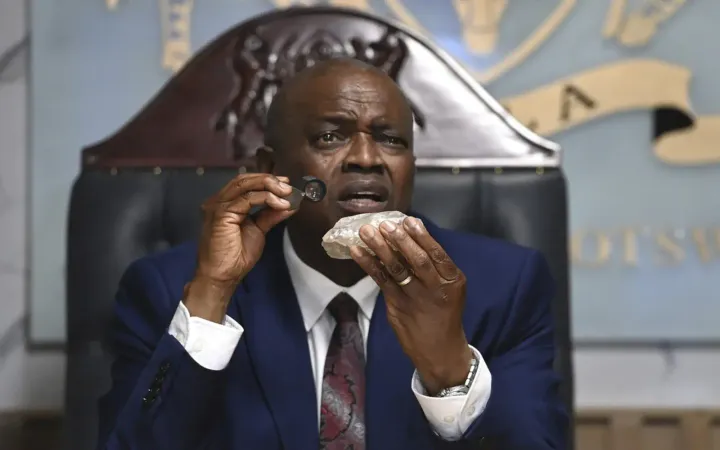Haiti's Aid Void

The year is 2025. Unfortunately, there are no flying cars, but get this: The United States is deciding that it no longer has any obligation to help any other nation — especially those in need. Haiti, one such nation, is facing multiple, severe crises, including but not limited to displacement, gang violence and malnutrition, leaving its future on an unpredictable decline. The United States has offered Haiti — now branded with a Level 4 “Do Not Travel Advisory” and the poorest country in the Western Hemisphere — consistent, stable support, but the new administration makes it unclear whether or not Haiti will be able to prosper in the wake of continuously increasing violence.
With such an uncertain future, President Donald Trump and his executive orders are of no help. On the first day of his presidency, Trump issued an executive order reevaluating foreign aid which stated that “no further United States foreign assistance shall be disbursed in a manner that is not fully aligned with the foreign policy of the President of the United States” and called for a 90-day pause in U.S. foreign assistance in tandem with a reevaluation of current U.S. foreign assistance programs.
However, less than two weeks before Trump made his order putting a complete pause on foreign aid, the United Nations revealed a glaring statistic: In 2024 alone, 5600 people were killed by gang violence in Haiti. And on the same day Trump called for a 90-day pause on U.S. foreign aid, the U.S. Department of State released a report on the current U.S.–Haitian relations, emphasizing the importance of the United States’ role in Haiti’s stability.
For years, the United States has backed missions designed to mitigate gang violence and gender-based violence in Haiti, including allocating $109 million to Kenyan police officers’ multinational force and additional $60 million in humanitarian aid and provision of security vehicles for Haiti in 2024 alone. However, under Trump’s 90-day federal aid pause, the United States’ Haitian security mission had $13.3 million of its funding frozen.
The recent history of Haitian gang violence can be traced back to 2021, following the assassination of then-President Jovenel Moïse. Since Moïse’s death, gang violence has been wrecking Haiti. In addition to the nearly six thousand gang-related deaths each year, thousands of Haitians end up injured or kidnapped by gangs. Amid the myriad acts of violence, Haiti has also seen an upwards of 40 reported rapes each day. Sexual violence against Haitian children simultaneously rose by 1000%.
In an attempt to quell steep increases in gender-based violence in 2022, the U.S. Department of State created a 10-year support plan for Haitian stability. Included in the plan was analysis of the issues plaguing Haiti and proposed solutions surrounding two primary subjects: promoting nationwide security and ensuring Haitian citizens maintained their safety and general wellbeing.
Other nations, such as Canada and Kenya, have offered police force support too, but the U.S. has been the largest donor of humanitarian aid to Haiti. Following a 2021 earthquake that devastated Haiti and displaced tens of thousands of Haitians, USAID gave a plethora of canned food resources and other forms of relief, totalling to over $60 million in spending.
Though this may appear to be ample aid from the United States, it wasn’t a positive for all Haitians — specifically those working in the agricultural sector and producing goods to sell. Following a devastating 2010 earthquake, USAID allocated $2.3 billion to Haiti to focus on redevelopment, centering their focus on battling good insecurity, governance, economic insecurity and improving health. This aid reaped the expected benefits of relieving starvations for some and doing what aid generally intends to do: It helped. But, after the dust settled, the United States did not stop. Rice — the primary food source the U.S. sent — continued to be pumped into Haiti and sold for a far lower price than local, Haitian-grown rice. As a consequence, Haitian rice was hardly getting purchased, and Haitian farmers have consistently struggled financially amid a U.S.-inflicted competition, according to Heidi Ewing’s short film “The Foreign Aid Paradox.”
Though Haitians have both benefited from USAID and have suffered from it, the overall impact of USAID has been a net positive. In order to keep the future stability of Haiti in mind, it’s undeniably important that the United States continues to send Haiti aid — nevertheless, the form of this aid is susceptible to change. In truly considering Haiti’s best interest, sending aid in the form of tools and physical objects may be a better solution by keeping the long-term stability of Haiti in mind.
Still, this seemingly hopeless future that allows Haiti to thrive is only possible if the United States continues to send Haiti ample aid, whatever the form. Given that Trump has gutted USAID, cutting staffers and freezing its foreign aid from Jan. 20 to March 5, Haiti is not nearly receiving ample aid to support the thousands of refugees and victims of one of its most significant and consistent dangers — gang violence.
One primary thing is clear: The United States is no longer fulfilling their promised support duties to Haiti. To bring about what the United States set out to do in their 10-year stability plan, it is imperative that the Trump administration is barred from continuing to freeze foreign aid. In a promising turn of events, the Supreme Court has done just that. In response to U.S. District Judge Amir Ali’s series of rulings demanding that the government unfreeze federal aid funds Trump put on hold, the Supreme Court ruled to block the Trump administration’s $2 billion foreign aid freeze on March 5. However, the court set no timeline on when these payments had to be issued, declaring that there were more rulings to come. As of March 20, the U.S. still had $671 million left to pay in foreign aid.
The primary problem with the court’s 5-4 ruling is its lack of apparent urgency. Each day, as Haiti’s situation worsens, effective foreign aid becomes more and more vital. With minimal USAID staffing — thus slower processing of payments — Haiti’s future is put in jeopardy. Haiti needs strong, stable financial support to provide necessary assistance to refugees and promote nationwide stability. To do so, the United States should stick to the 10-year stability plan they laid out in 2022 by bolstering Haiti’s economy, alleviating Haiti’s food insecurity problems by sending farmers tools to cultivate their crops and countering the immense, frequent gang violence plaguing the nation.



